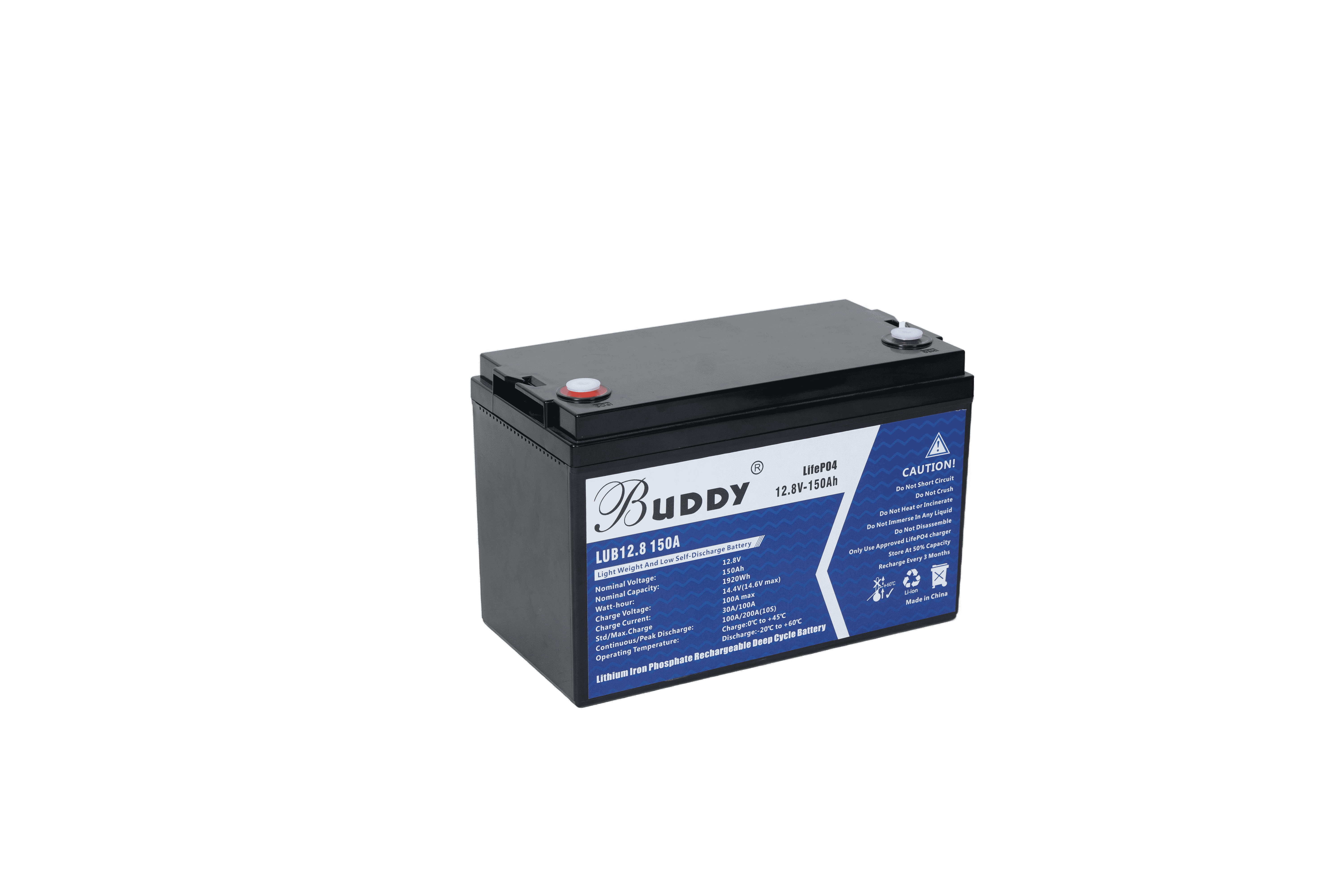Batteries are essential components in our modern world, powering a wide range of devices and applications. One type of battery that has gained significant popularity is the valve-regulated battery, also known as the valve-regulated lead-acid (VRLA) battery. This article delves into the intricacies of valve-regulated batteries, exploring their construction, working principles, advantages, and applications. Let’s embark on this journey to uncover the marvels of valve-regulated batteries!

Construction of Valve-Regulated Batteries: Valve-regulated batteries are designed to provide a consistent and reliable power source. They consist of several components, including an outer casing, an electrolyte solution, plates, and valves. The outer casing is typically made of durable materials like plastic or fiberglass, providing protection to the internal components.
The electrolyte solution is a mixture of water and sulfuric acid, which facilitates the flow of electrons between the plates. The plates, composed of lead and lead dioxide, are the key active materials in the battery. They undergo chemical reactions during the charging and discharging process, converting chemical energy into electrical energy.
To prevent the build-up of excessive pressure within the battery, valve-regulated batteries are equipped with valves. These valves are designed to vent excess gas, primarily hydrogen and oxygen, produced during the electrochemical reactions. This feature ensures the battery’s safety and longevity.
Working Principles of Valve-Regulated Batteries: Valve-regulated batteries operate based on the principles of electrochemistry. During the charging process, external electricity is applied to the battery, causing the chemical reactions to reverse. This converts the lead sulfate compounds on the plates back into lead and lead dioxide, restoring the battery’s electrolyte solution.
When the battery is discharged and powers a device, the chemical reactions occur in the opposite direction. The lead and lead dioxide on the plates react with the sulfuric acid in the electrolyte solution, producing lead sulfate and releasing electrons. These electrons flow through the external circuit, providing the desired power output.
Advantages of Valve-Regulated Batteries: Valve-regulated batteries offer several advantages over other types of batteries, making them a preferred choice in many applications. Here are some key advantages:
a. Maintenance-Free: Valve-regulated batteries are designed to be maintenance-free. The valves automatically regulate the pressure within the battery, eliminating the need for manual adjustments. This convenience makes them ideal for applications where regular maintenance is not feasible.
b. Safety: The built-in valves prevent the build-up of excessive pressure, reducing the risk of battery failures, leaks, or explosions. This safety feature is particularly crucial in sensitive environments or when dealing with large-scale battery installations.
c. Longer Lifespan: Valve-regulated batteries have a longer lifespan compared to other types of batteries. The sealed design and reduced risk of leakage contribute to their durability, ensuring they can withstand the rigors of repeated charging and discharging cycles.
d. Reliability: Valve-regulated batteries provide a consistent and stable power output, making them suitable for critical applications that require uninterrupted power supply. Their reliability is evident in various industries, including automotive, telecommunications, and UPS systems.
Applications of Valve-Regulated Batteries: Valve-regulated batteries find extensive use in a wide range of applications, thanks to their superior performance and reliability. Some common applications include:
a. Automotive Starting Batteries: Valve-regulated batteries are widely used in cars, trucks, and other vehicles as starting batteries. They provide the necessary power to crank the engine, ensuring smooth starting performance.
b. Uninterruptible Power Supply (UPS) Systems: UPS systems rely on valve-regulated batteries to provide emergency power during grid failures or voltage fluctuations. These batteries ensure continuous operation of critical loads, such as computers, servers, and other electronic devices.
c. Telecommunications: Valve-regulated batteries are indispensable in telecommunications networks, powering various equipment, including mobile phone towers, switching centers, and repeater stations.
d. Industrial Equipment: Many industrial machines and equipment, such as forklifts, elevators, and cranes, utilize valve-regulated batteries for their robust and reliable power source.
e. Renewable Energy Systems: Valve-regulated batteries are also used in renewable energy systems, such as solar and wind power installations, to store excess energy for use during periods of insufficient generation.